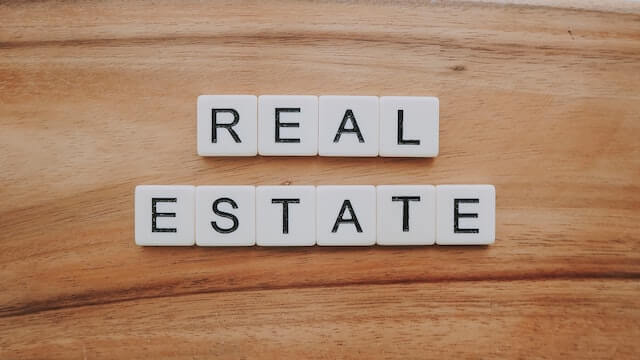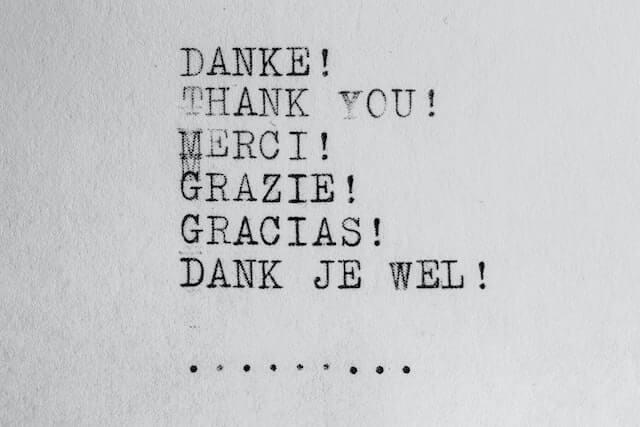We understand that large donors are often the primary focus of non-profits, charities and other organizations that rely on donations. Given the potential amount large donors could contribute to meeting your fundraising goals, sometimes you might feel like the large donations are all that matter.
However, you might be better off focusing your efforts on a broader spectrum of donors than the 15% that make over $100,000 per year (U.S. figures). Why? Because large donors are notoriously hard to convince. You will spend more time trying for minimal outcomes instead of focusing your efforts on someone else who may give less but will actually give.
Small contributions can be an important part of your fundraising efforts. Giving a gift is more like creating and nurturing an ongoing conversation. The donation is the beginning of a relationship, not the end. Letting donors know they helped out, even if it’s only a few dollars, goes a long way in making those people feel a part of what you do and how much they mean to your cause.
Every donor needs to feel connected and that they’ve made a lasting impact on your organization’s mission. So recognizing every donation is important.
In the end, a great donor is the one who gives often. After all, you never know what someone else’s small gift could lead to in the future. And donors who give smaller amounts of money have a higher likelihood of donating again.
These small contributions may not add up to large amounts of money, but they add lots of goodwill. The best approach is to make every single donor feel like a superstar by recognizing their contributions. This post will offer tips on how to make small donors feel important and encourage ongoing contributions – no matter the size.
Personalize Your Thank You
First, take time to thank your donors personally. The best way to make sure your donations feel special is to personalize every interaction. It’s easy for a donor to feel like they’re just one in a million faceless donors when receiving form letters. Personalizing can make all the difference.
So why not create a unique letter template? Start by using their name, then talk about what they gave and how it helps those your organization is trying to help. Add specific details about the donation, such as the name of the campaign they contributed to, the amount or other personalized information. It doesn’t take much time, but it would mean so much more than any generic “Dear supporter” ever will.
As we have noted before, a handwritten card or note can be sent by physical mail and will go a long way in making them feel valued for their contribution.
Talk About The Impact of Small Donors
Small donors want a personal connection to the work or cause they are supporting, and your best bet is to provide information that will build their sense of contribution. Again, remember always to make sure you’re careful to segment them by what they contributed towards and speak to that specifically, not just in generalities.
Detail their contribution. Your storytelling skills will help you connect with and forge stronger relationships with your small donors, making sure that they don’t feel like an anonymous name on the list. Outline the projects and missions that their donation will support while emphasizing how this gift makes a positive difference in people’s lives. Wording like “Your gift makes it possible to…” is key.
Show how all donations matter. Make sure to explain how their donation is advancing change and helping others, even if it was only the minimal option – let them know small bits really do help! You can emphasize this by visualizing your data in an infographic or colourful chart.
Highlight Small Donors Often
When it comes to fundraising, small donors can often be undervalued. For your campaign’s small donor program, you want to make small-dollar givers feel as important and appreciated as your larger donors. You can do this through regular communications with them as well as publicizing their gifts so that they feel like a part of the organization.
One way of doing this is through a supporter section on the website where donors of all sizes can see what they are directly contributing to and testimonials from other contributors. This is a great way to show support from other people and encourage others who might not have donated yet.
Another way is to set levels of giving that suit your campaign and the types of donors you’re trying to attract. You might have a “Heroes” group for those who give $100 or more, another one called “Trailblazers” for people who donate at least $250, etc. Or maybe create a recurring giver program – creating levels of support where people agree to make a donation of $15 every month via an automatic payment charged to their credit card, or giving a fixed max annual donation in regular intervals throughout the year.
Of course, you will never go wrong with perks and benefits for your various groups. For example, you could offer your $100 or more small donor group a free bumper sticker and a monthly e-newsletter, while members of your $250 or more get all that plus an invitation to two special (free) events put on by your organization. Any recognition of donors goes a long way.
Ask For Their Feedback
Although donors give more when they feel connected to an organization, it’s easy for this feeling to get lost.
It is important to identify your supporters and make them feel like they are an integral part of your organization and its success. Make your organization fun and welcoming by asking for feedback in newsletters or social posts. Your supporters will feel valued if you take the time to include them as part of your organizational culture.
The people who support your organization enjoy feeling like their contribution is important. So make them feel like an active part of the organization, and it will pay off in future donations and goodwill.
Take The Time To Listen
There are many reasons why people may donate to your organization. It is important for you to realize that the “why” behind a donation can have an immense impact on how much money they give and will continue giving in future donations.
For this reason, it is best when talking with small donors to take note of any interactions where you gain insight into their motivations. It’s important to know your donors and remember the reasons why they support you.
These insights can guide your fundraising efforts in the coming months. Listen with an understanding ear, write down their words of wisdom when you can, then use them as a guidepost for future campaigns. Your future success in fundraising could be determined by whether or not you pay attention to the committed supporters of your campaign.
The common thread in all of these points is that sincere recognition isn’t just important for large donors. Every donor should feel connected to your organization and a valuable part of achieving its goals. If you take the time to properly acknowledge your small donors, they will not only continue to give, but they may become a large donor over time.



